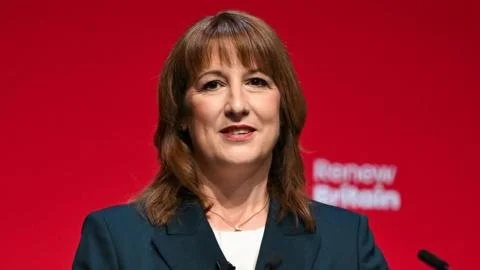Inflation's Peak: A Silver Lining for the Chancellor's Budget Challenge
Inflation in the UK may be at a turning point, as the September rate stagnated at 3.8%, frustrating initial expectations for a jump to 4%. While still above the Bank of England’s target of 2%, economists predict a downward trajectory toward that target, potentially reaching 2.5% by April as past price hikes fade from calculations. The International Monetary Fund (IMF) affirms that UK inflation, despite currently leading the G7, is expected to revert to the 2% target by the end of next year.
Retail experts indicate that food price inflation has peaked, which is significant in reducing the likelihood of self-fulfilling inflation expectations that can influence wage and pricing strategies. This outlook may favor future interest rate cuts from the Bank of England, particularly as speculation grows around a ’Santa’ rate cut in December. The IMF hints at the possibility of four rate cuts next year, suggesting rates could drop to 3% if current trends hold.
In the financial markets, yields on UK government debt have sharply declined, signaling confidence in the UK economy and alleviating fears of fiscal catastrophe. The Chancellor recently promoted the UK as an attractive investment destination, addressing Brexit challenges and emphasizing a declining deficit compared to G20 peers.
This positive shift in inflation and bond yields offers a chance to break the cycle of economic doom that had been overshadowing the UK’s fiscal outlook. However, the chancellor must navigate potentially significant challenges in the upcoming Budget, where tax measures needed to address any budget gap could introduce new risks.

